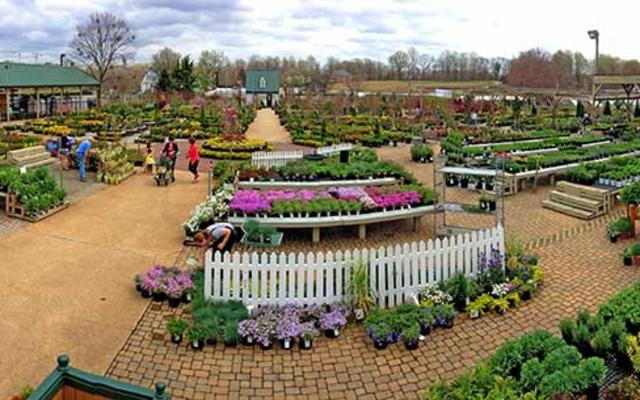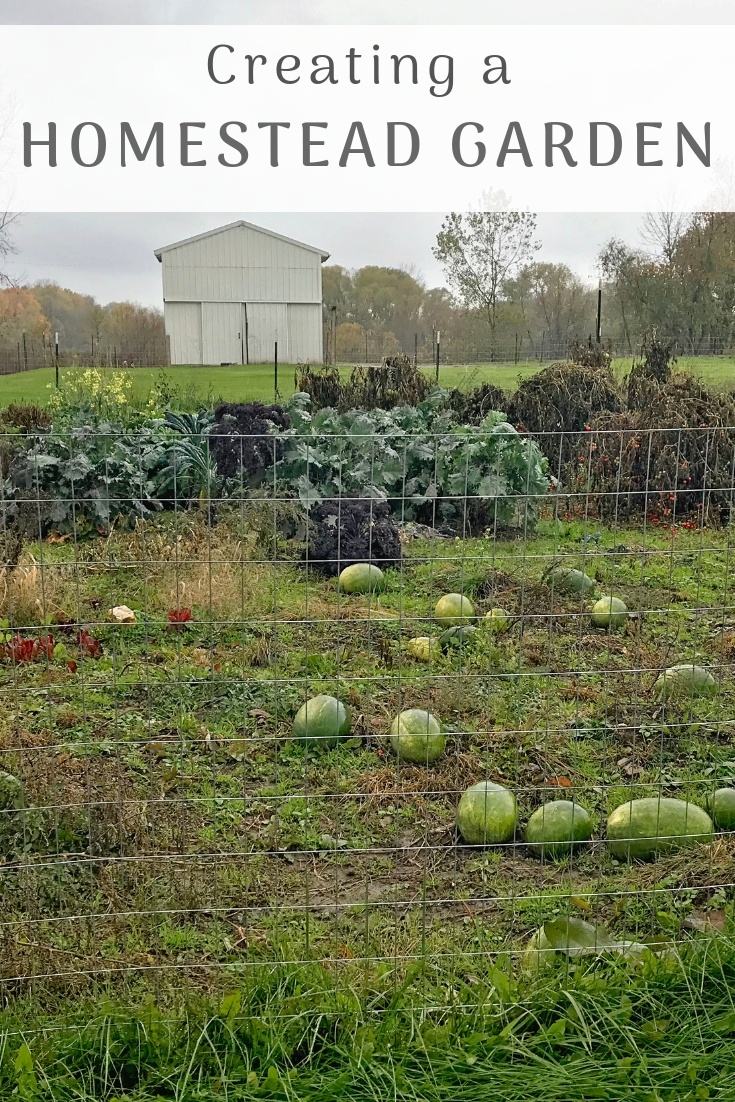How to Adapt Your Homestead Gardening
How to Adapt Your Homestead Gardening
Blog Article
Learn Just How to Grow a Flourishing Horticulture Atmosphere for All Ability Levels
Creating a flourishing yard is a complex venture that can be accepted by people at any kind of skill level. By taking a look at key components such as soil wellness, ideal plant selection, and seasonal care regimens, one can develop a lasting gardening method that produces rewarding outcomes.
Understanding Your Garden Area
In the world of gardening, understanding your yard area is paramount to cultivating a thriving landscape (Homestead Gardening). The very first step in this venture entails evaluating the certain features of your plot. Factors such as dirt composition, sunshine direct exposure, and drainage play essential functions in establishing the viability of your garden for different sorts of plants
Begin by carrying out a soil examination to analyze pH levels and nutrition material, which will inform any kind of needed changes. Additionally, observe just how much sunshine your room receives throughout the day. Various plants have varying light needs; some grow completely sun, while others prefer partial or complete shade.

Last but not least, evaluate the readily available space and strategy appropriately. This includes taking into consideration plant heights and spread to make certain ample space for growth without congestion. By acquiring a detailed understanding of your yard room, you established the foundation for an effective horticulture experience.
Selecting the Right Plants
Selecting the right plants for your yard needs mindful consideration of different variables, including climate, soil problems, and personal choices. Start by analyzing your local environment, as particular plants prosper particularly temperature varieties and weather patterns. For example, exotic plants may not survive in cooler regions, while durable perennials can hold up against severe winters months.

Consider your personal choices, consisting of visual allure and upkeep degrees. Determine whether you prefer vivid flowers, lavish vegetation, or edible plants. Furthermore, consider the moment and initiative you are ready to invest in plant care, as some varieties demand more attention than others.
Last but not least, think of the garden's layout and light exposure. Sunshine patterns throughout the day will certainly affect your options-- some plants need complete sun, while others prosper in shade. By thoughtfully assessing these components, you can develop a effective and unified garden tailored to your setting and preferences.
Essential Horticulture Devices
A fully equipped garden enthusiast can substantially enhance their gardening experience and visit the site results. Crucial gardening tools are essential to growing an effective yard, despite ability level. Initially, a tough spade is invaluable for digging and turning soil, while a trowel permits accurate planting and hair transplanting of smaller plants.
Trimming shears are essential for keeping plant wellness by getting rid of overgrown or dead branches, advertising far better air blood circulation and growth. Additionally, a hand rake is helpful for clearing debris and aerating the dirt, guaranteeing ideal problems for plant origins.
Gardening handwear covers safeguard hands from sores, chemicals, and thorns, making them a vital accessory. A watering can or hose with an adjustable nozzle makes certain that plants receive sufficient moisture without overwatering.
Finally, consider investing in a tough wheelbarrow for transporting dirt, plants, and tools around the garden efficiently. By putting together a top quality toolkit that includes these essential items, garden enthusiasts can tackle numerous jobs with confidence and convenience, leading the way for a flourishing gardening setting. Keep in mind, the right devices not only enhance performance yet additionally boost the overall satisfaction of the horticulture process.
Soil Preparation and Maintenance
Quality dirt is the structure of an effective garden, making appropriate preparation and maintenance crucial for healthy plant development. Based on the examination results, changes can be made to maximize dirt problems for details plant needs.
Integrating organic issue, such as compost or well-rotted manure, is essential for improving soil framework and fertility. This not only boosts nutrient availability but additionally promotes beneficial microbial task. Additionally, appropriate drain is vital; hefty clay dirts may call for the enhancement of sand or perlite to enhance aeration.
Regular upkeep of dirt health includes mulching, which saves moisture and suppresses weeds. Furthermore, rotating plants annually assists prevent nutrient exhaustion and decreases bug and condition dangers. It is additionally crucial to avoid over-tilling, which can disrupt soil structure and harm valuable organisms.
Inevitably, a constant commitment to dirt preparation and upkeep will lead to a growing yard, guaranteeing that plants obtain the essential nutrients they need for durable development and performance.
Seasonal Care and Administration

In springtime, focus on growing brand-new seeds and seed startings, while also carrying out soil examinations to amend nutrient deficiencies. On a regular basis inspect for illness and bugs, as these can proliferate with the warming weather condition. Summertime needs regular watering and mulching to maintain wetness, in addition to pruning for much better air blood circulation.
As autumn approaches, it's time to prepare the yard Related Site for dormancy. This consists of gathering crops, cleansing up particles, and using a layer of compost to safeguard plant origins from frost. Think about planting cover crops to improve the dirt throughout the winter season.
Evaluate frameworks like greenhouses for damage and guarantee correct insulation for delicate plants. By adapting your gardening practices to the seasonal cycles, you can cultivate a prospering setting that sustains plant wellness year-round.
Final Thought
In conclusion, growing an effective garden calls for an extensive understanding of crucial principles such as soil make-up, sunshine direct exposure, and suitable plant choice. Routine seasonal treatment and administration practices further enhance plant wellness and productivity.
Picking the right plants for your yard calls for careful factor to consider of various factors, including climate, dirt conditions, and personal preferences. Conduct a dirt examination to determine pH degrees and nutrient content, which will direct you in choosing plants that this post will certainly flourish in your yard.Lastly, take into consideration investing in a sturdy wheelbarrow for delivering dirt, plants, and tools around the yard effectively.Quality dirt is the structure of a successful yard, making correct prep work and upkeep vital for healthy plant growth. Homestead Gardening.In final thought, cultivating a successful garden calls for a detailed understanding of essential concepts such as soil structure, sunlight exposure, and suitable plant selection
Report this page